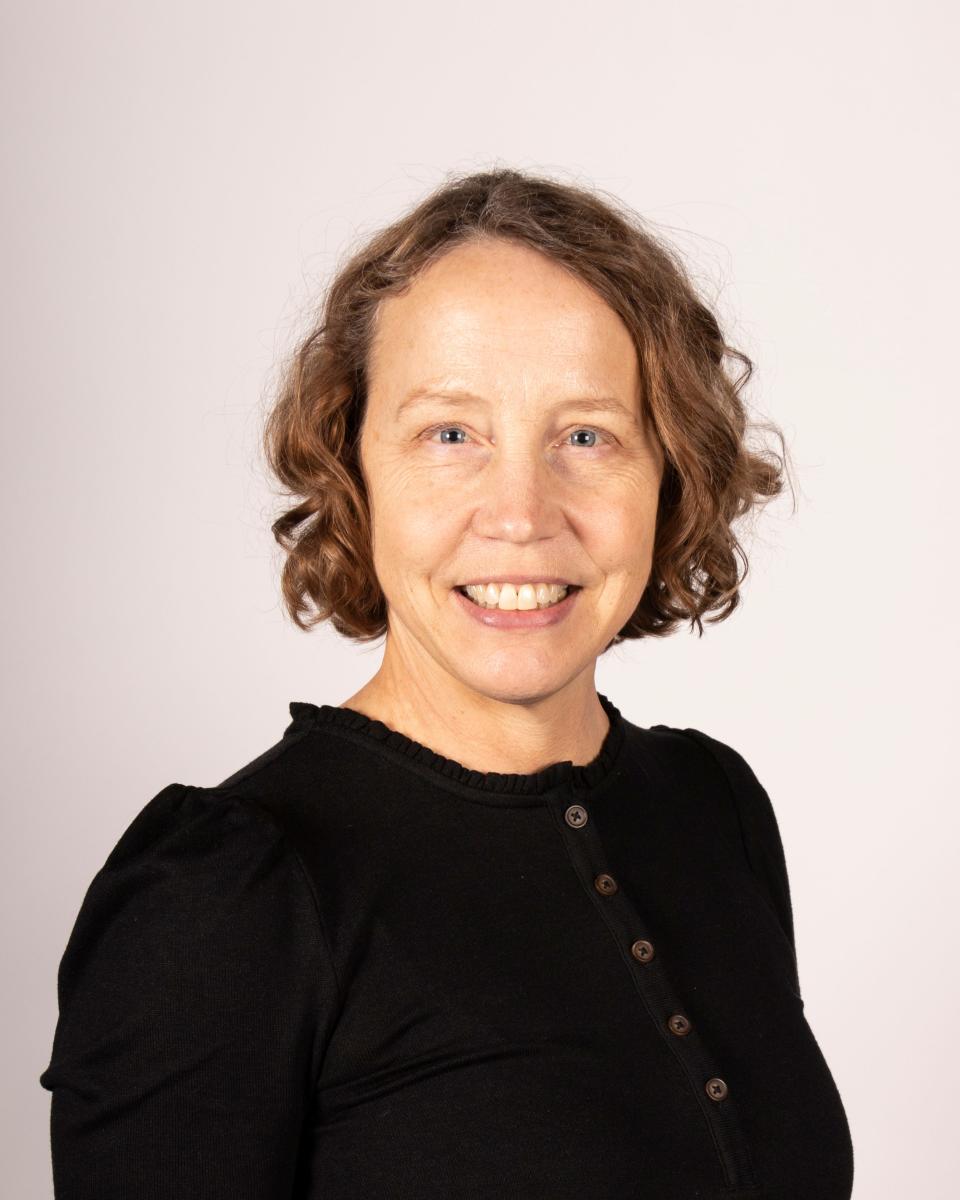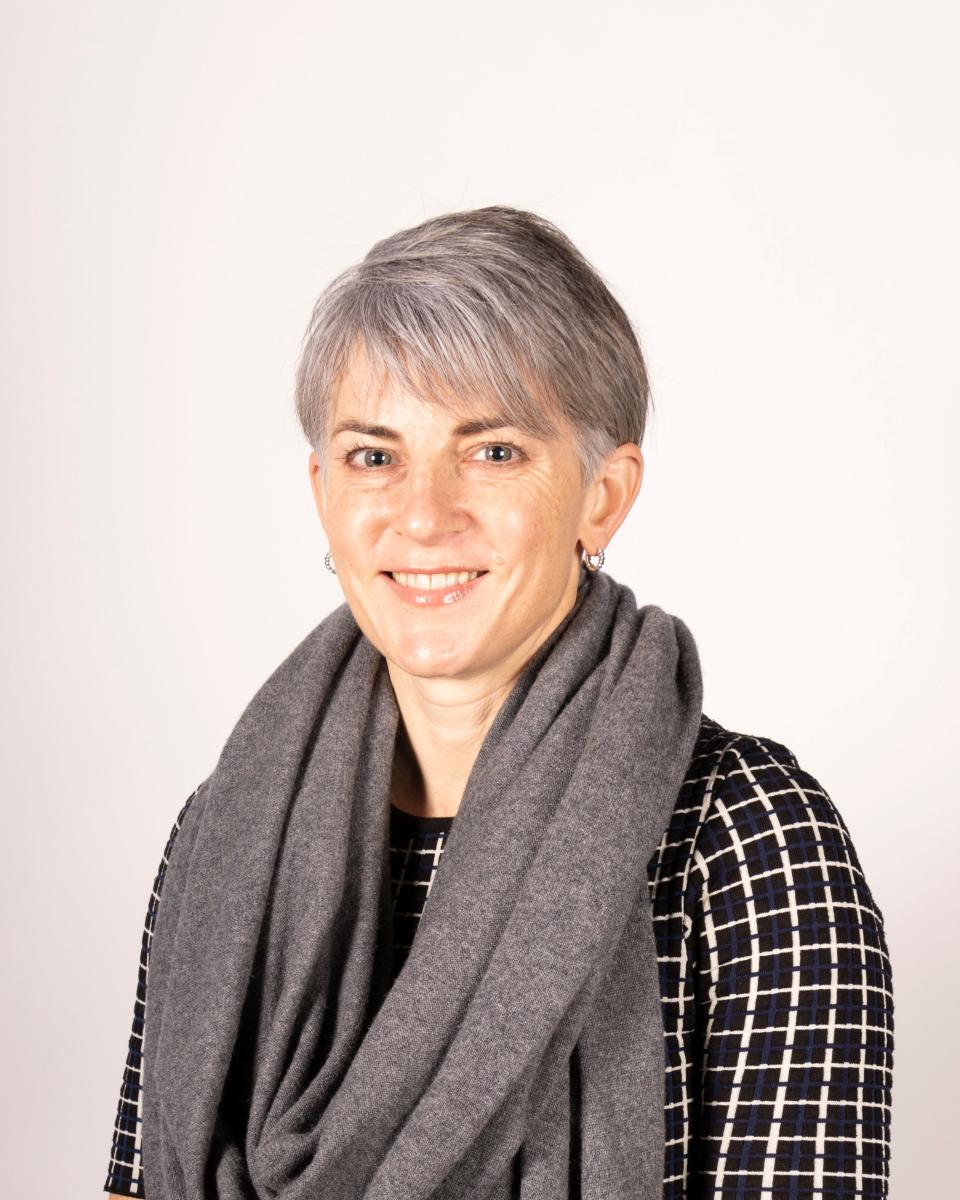Even if Wisconsin abortion ban overturned, women will face obstacles to care
Saturday (June 24) marks the one-year anniversary of the U.S. Supreme Court’s Dobbs decision, which overturned Roe v. Wade and returned abortion decisions to the states. Since then, as Wisconsin’s 1849 abortion ban faces challenges in the courts, abortion care services have been unavailable in Wisconsin except in extremely rare circumstances.
A national monitoring effort has documented that an average of 590 fewer abortions have taken place in Wisconsin each month since Dobbs. That amounts to 7,000 Wisconsinites in the last year who could not obtain the in-state abortion care they sought.
As directors of a UW-Madison research initiative focused on abortion, contraception, and other aspects of reproductive autonomy, we share three pieces of evidence related to these drastic changes in our state.
First, available evidence suggests that only some Wisconsinites, but not all who need abortion care, have been able to travel to states with less restrictive abortion laws. While abortions in Illinois, Minnesota, and Michigan have increased since Dobbs, this rise does not make up for declines in more restrictive states like Wisconsin. Some people self-manage their own abortions outside of the formal healthcare system.
One study documented a three-fold increase in Wisconsinites’ orders to a medication abortion mail service in the weeks following Dobbs, but it is very likely that thousands of people have been unable to obtain desired abortions, thereby forced to carry pregnancies to term, give birth, and rear children. Research shows that those forced to carry unwanted births to term will experience significant health, emotional, financial, and family-related consequences compared to those able to obtain desired abortion care.

Second, while Dobbs was a seismic change to the reproductive healthcare landscape, many Wisconsinites already lacked access to abortion care. Before the ruling, the Guttmacher Institute had classified Wisconsin as hostile to abortion due to a slew of non-evidence-based laws that reduced access, including perhaps the most onerous medication abortion restrictions in the country.
Obstacles to abortion access included mandated waiting periods, medically unnecessary multiple clinic visits, telehealth bans (even during COVID), and the need for patients to raise significant out-of-pocket funds due to insurance coverage prohibitions. Between 2010 and 2020, 40% of our state’s abortion clinics closed. UW-Madison researchers documented increases in birth rates in Wisconsin counties furthest from remaining clinics, suggesting that people already had to carry unwanted pregnancies to term.

Third, abortion restrictions hit hardest those individuals with the fewest social and economic resources, and evidence suggests that the Dobbs decision will only widen those disparities. Due to long-standing systemic inequities, the majority of abortion seekers live on low incomes and identify as people of color. Researchers have also documented a relationship between abortion restrictions and maternal mortality, especially among Black women.
Even if the newly constituted state Supreme Court overturns the 1849 ban, we will return to a landscape that often places insurmountable obstacles in the way of those most in need of abortion care, particularly Black and brown Wisconsinites, rural residents, minors, and those living on low incomes. While re-instating the legal right to abortion is essential to reproductive healthcare and autonomy in our state, Roe was never enough.
Jenny Higgins, PhD, MPH, is a professor of obstetrics and gynecology at the University of Wisconsin-Madison School of Medicine and Public Health. She directs the UW-Madison Collaborative for Reproductive Equity (CORE). Amy Williamson, MPP, is the associate director of CORE.
This article originally appeared on Milwaukee Journal Sentinel: Before Roe overturned, Wisconsin women faced hurdles to medical care

